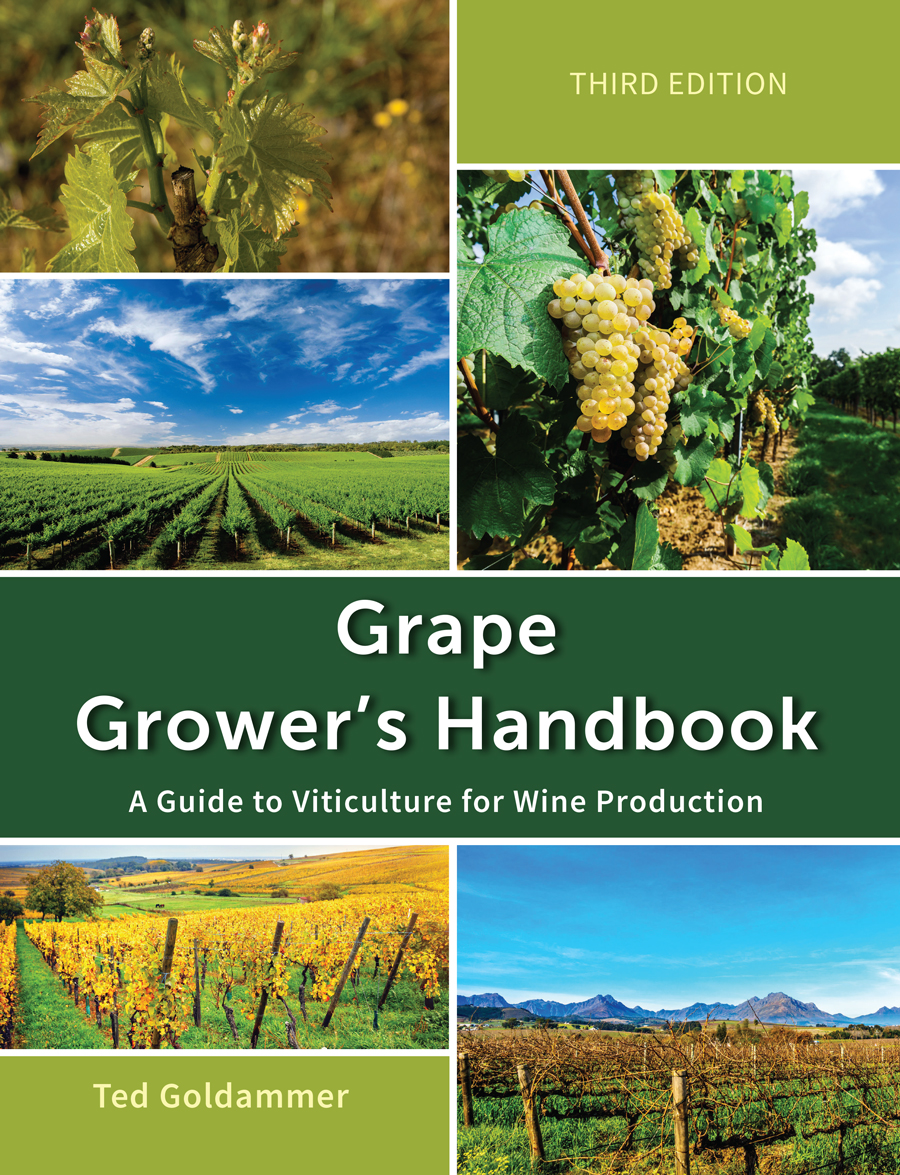Managing Vineyard Insect and Mite Pests
Thrips
Various species of thrips can damage grapevine shoots, leaves, and fruit. The two species most commonly found on grapes are western flower thrips (Frankliniella occidentalis) and grape thrips (Drepanothrips reuteri).
Symptoms
Damage is caused both by nymphs and adults by rasping the lower surface of the leaf with their stylets and sucking the oozing cell sap (See Figure 22.27). The injured surface is marked by the number of minute spots thereby producing a speckled silvery effect, which can be detected from a distance.
Life Cycle
Thrips overwinter as mature females under leaf litter on the vineyard floor. Early in the spring they lay their eggs on grape foliage.
Monitoring
Monitoring for thrips is done from budbreak through the end-of-summer. High populations of thrips can be associated with high spider mite populations.
Cultural Pest Control
Control weeds within and on the perimeters of vineyards. Many weeds can harbor thrips, which can infest the vines.
Biological Pest Control
Predatory bugs such as the minute pirate bug (Orius tristicolor), anthocorids (Anthocorus melanocerus), and Deraeocoris (Deraeocoris brevis) are all known to feed on thrips. See Appendix J, Beneficial Insects, Mites, and Spiders.
Biorational Pest Control
Microbials
Microbial insecticides Success, SpinTor, and Entrust can be used which contain the active ingredient spinosad, which is derived from a naturally occurring soil dwelling bacterium called Saccharopolyspora spinosa.
Chemical Pest Control
The same insecticides are effective against all species of thrips. Treatments are applied when thrips numbers reach potentially damaging levels. Insecticides used for controlling thrips in vineyards are presented in Appendix K, Insecticides Registered for Use in Vineyards.
Applying Control Materials
Effective management of thrips on grapes relies primarily on the use of insecticides. The chemicals should be applied at critical growth stages like new flush, flowering and berry developing stages.
Click on the following topics for more information on managing vineyard insect and mite pests.

